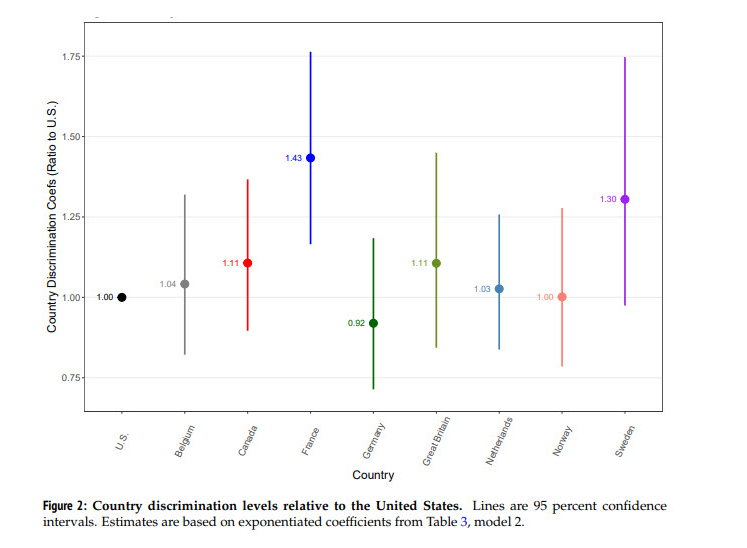This holiday season, I’m stepping away from my usual writing to bring you some of the top-read posts from 2023. Enjoy!
Inbox Zero as a Measure of Performance for Talent Acquisition!
I have a new #1 question I get asked by Talent Acquisition Leaders! My old number one question was, “Which ATS should we be using?” That stood the test of time for almost a decade! But I now have a new number one.
“How should we be measuring success in Talent Acquisition?”
That question comes in a lot of versions:
- What is the best metric in recruiting?
- What do you use to measure the productivity of your recruiters?
- How do you show your organization that TA is doing its job?
- What are the metrics you use to measure TA?
I like using “Measures of Success” terminology primarily because of how I want to live my life. I never want our metrics, analytics, and data to be used as a hammer to obtain performance. I want to hire people who want to be successful in what they decide to do in life. Once they make that decision, I want to treat them like adults and help them obtain that success. I use data to help them track outcomes and measures of success to lead them on this journey.
Does that sound like a load of B.S. hustle culture or what?! LOL!
But, honestly, I genuinely believe in this philosophy, even though it’s sometimes hard to follow.
If a recruiter wants to be successful, I know there is a specific set of measures that will help them be successful if they follow the process, use the technology, and are diligent in their follow-up. They don’t have to work over 40 hours per week. They just have to work the 40 hours they work.
Every company could have a varied set of metrics that will make them successful. Most will have some similarities, but the actual numbers within the measures will be uniquely yours.
Inbox Zero is a measure a few TA Teams are using as a measure of success.
First off, I don’t necessarily believe that “Inbox Zero” has a high correlation to TA Team or Individual success, but herein lies the problem with measuring the success of TA teams today. The measures most of us use, suck! Time to fill = awful, zero correlation, you should be fired as a leader. (Editor’s note: Okay, Tim, breathe in, we know you’ll die on this hill.)
I find about 90% of TA Leaders work to build measures of success that look good without really having any real impact on actual recruiting success in their organization. That hurts, I know, but it’s true. Inbox Zero is just another sexy attempt at measuring sh*t with little accountability to success, but you can actually measure it, so it must be important. (sarcasm alert)
Just because you “can” measure it, doesn’t mean you “should” measure it.
Okay, what the hell is “Inbox Zero”?
It’s basically what it sounds like.
As a recruiting measure, some brilliant TA lead believes if every recruiter ended their day with zero emails in their inbox, they must be more successful than someone who didn’t end their day with email in their inbox.
There is some science behind inbox zero, although not a measure of recruiting success, just life success. It was developed in 2006, and here are the tenets of this email management strategy:
- Some messages are more equal than others. On any given day, only a handful of emails are important and timely. Stop treating every email “like a Christmas present that must be savored.”
- Your time is priceless and wildly limited. Few people have time to respond to every email they receive or even read them in detail. Accept that your workload exceeds your resources and slavishly guard your time.
- Less can be so much more. Quit thinking that one-line email responses are rude — you’re not helping anyone by sending wordy responses. When it comes to email, economy is key, at least for most messages.
- Lose the guilt. Out-of-control email is bad enough. Don’t make it worse by beating yourself up because of your overflowing inbox. Forget the guilt and just get busy cleaning up the mess.
- Lying to yourself doesn’t empty an inbox. Learn to be honest and realistic about your true priorities and time expectations, while developing a “baseline gut check on what you really intend to do about any given message.”
The reality is we are addicted to data that we can measure that is clean. We love “time to fill” because we can accurately measure it. We like things like Inbox Zero because we can accurately measure it. We can show the business the black-and-white numbers we are confident in. No matter if they actually matter or not!
Inbox Zero is a time management strategy. The hope is if you can manage your inbox well, you’ll be a better recruiter. It’s a hope. That is all it is. It’s not a measure of success for talent acquisition. That being said, I need to manage my inbox better!
Posted on by Tim Sackett

